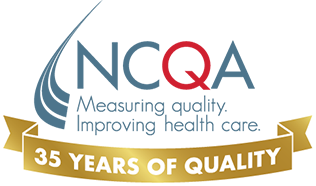The intent is to identify diagnostic or therapeutic procedures that require a medication regimen, a change in diet or a change in medication. For example, colonoscopy requires a change in diet (NPO on the day of procedure) and a medication change (a medication is taken to prep the colon). Dialysis, infusions and chemotherapy are all therapeutic procedures that require a medication regimen. A nebulizer treatment with albuterol is considered a therapeutic procedure that requires a medication regimen (the albuterol). Injection of lidocaine prior to mole removal is considered a diagnostic procedure (if the mole is being tested) or a therapeutic procedure (if removal of the mole is the treatment) that requires a change in medication (lidocaine administered for pain control during the procedure). A patient forgetting to take regular medications on the day of the procedure is not considered a required change in medication, and therefore the BP reading is eligible.
A BP taken on the same day that the patient receives a vaccination is eligible for use. A vaccination is considered preventive medicine and is not considered a therapeutic or diagnostic procedure.
HEDIS 2017
